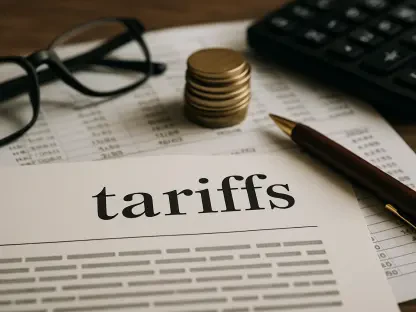The latest figures from Morningstar DBRS have stirred concerns in the finance industry, pinpointing a negative shift in U.S. credit card metrics. The Q1 2024 report indicates a worrying increase in the average net charge-off rate to 4.2%, a significant rise from the 3.6% seen in the previous quarter and a leap over the threshold of pre-pandemic levels. Net charge-offs, the debts that lenders believe they will never collect, are a robust gauge of credit health, and such an uptick spells caution for the market.Compounding these findings are the delinquency rates, which, while maintaining a similar trajectory quarter-over-quarter, have risen 70 basis points from the same quarter in the previous year. Delinquencies are a harbinger of potential defaults, and their steady increase underscores a subtle yet persistent deterioration in consumers’ ability to keep up with their financial obligations. The data also seem to be drawing a line between income brackets, with higher-income individuals continuing to spend, while lower-income consumers become more cautious, curtailing their credit card usage amid rising living costs.









